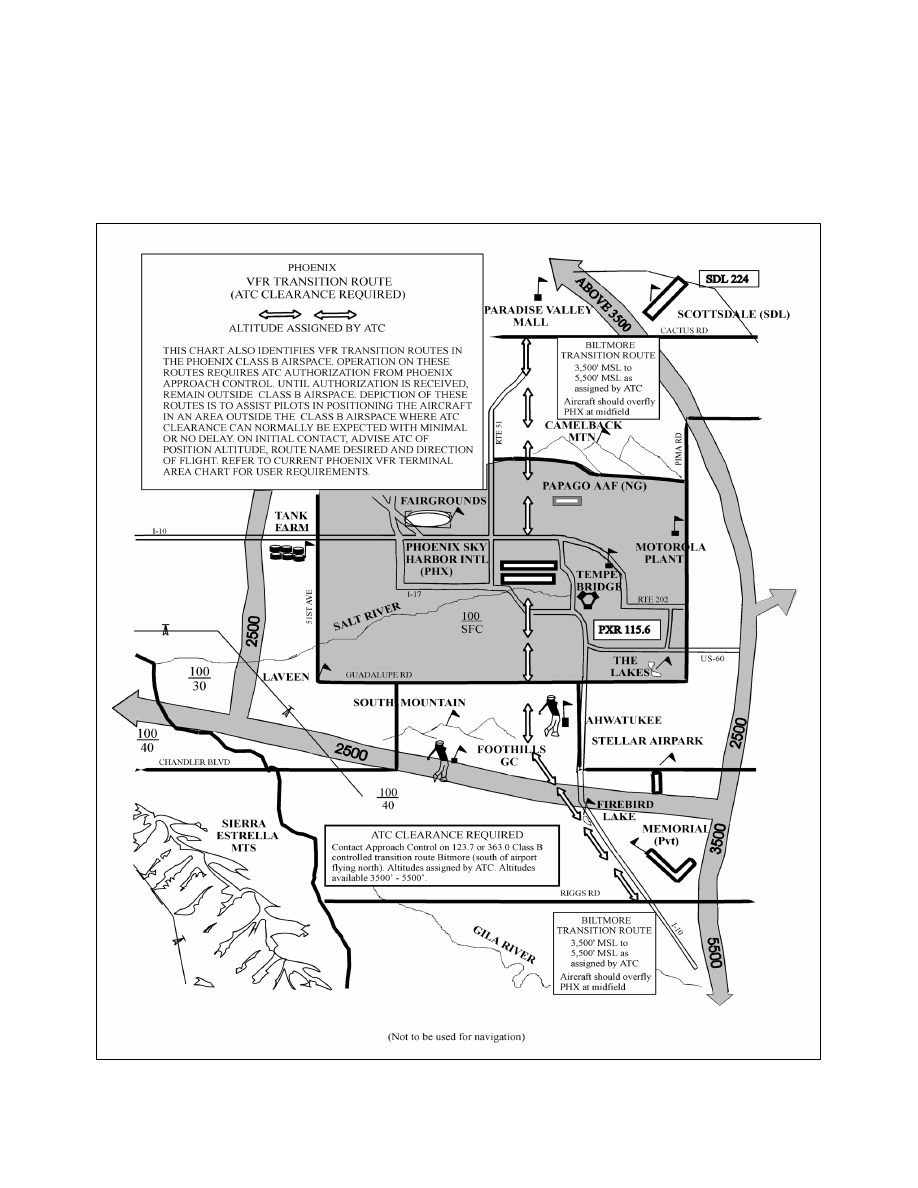
AIM
9/5/24
pilots should advise ATC of their position, altitude, route name desired, and direction of flight. After a clearance
is received, pilots must fly the route as depicted and, most importantly, adhere to ATC instructions.
FIG 3
−
5
−
3
VFR Transition Route
3
−
5
−
8
Other Airspace Areas